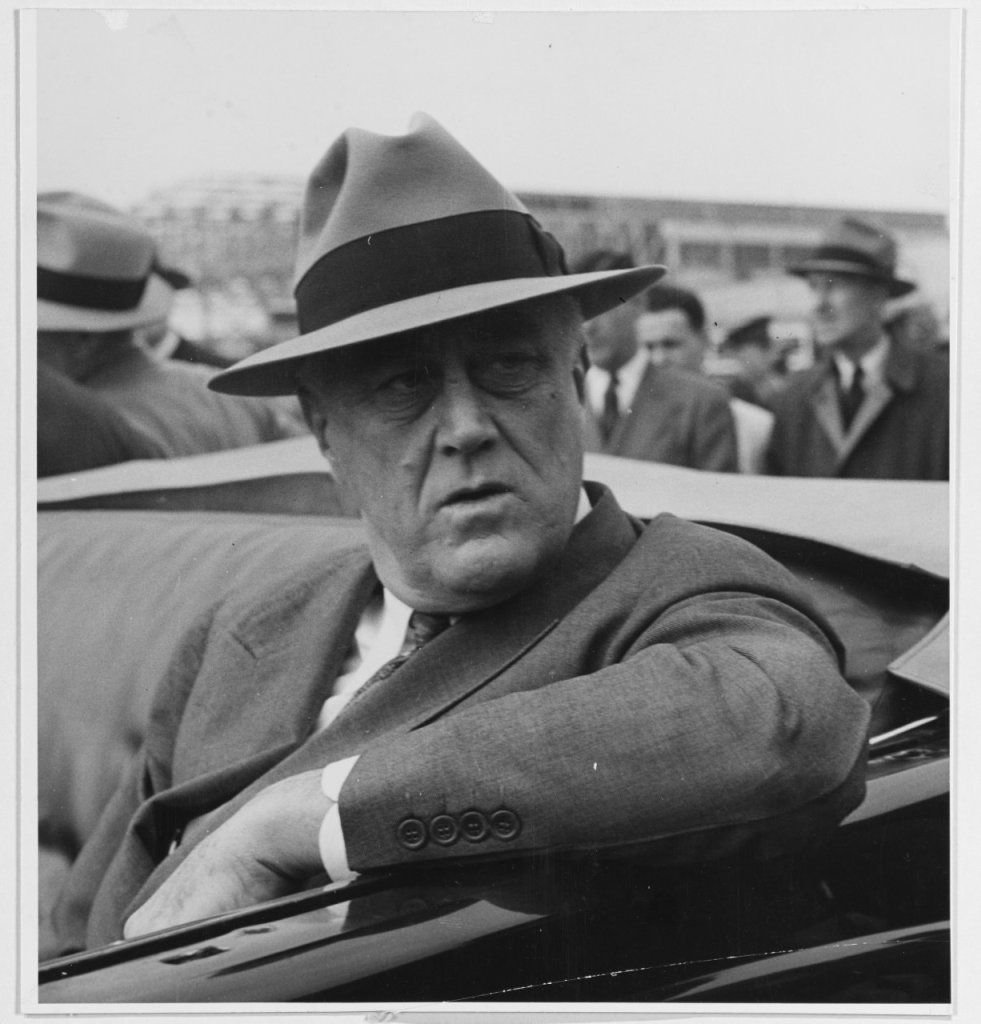

It’s one of those bizarre twists of history that might have changed the world as we know it, if not just for a small tweak. Believe it or not, the Allied plan for Germany wasn’t all Marshall Plan and Berlin Airlift from the get-go. While they also weren’t about to be nuked, a lot of animosity still remained after the fall of Nazism. World War I was about as far removed from World War II as Operation Desert Storm is from the US-led invasion of Iraq. A lot of people still hated Germany for the Great War – a war it didn’t even start. So they really hated Germany for what it did during World War II.
One of the people who hated Germany and wanted to take it out for good was Secretary of the Treasury Henry Morgenthau, Jr. – and he was almost President of the United States.

When President Roosevelt died in April 1945, Vice President Truman took office. Shortly after that, Secretary of State Edward Stettinius Jr. resigned his post. That left Morgenthau next in the Presidential line succession. President Truman, of course, finished out Roosevelt’s term and then some, but had President Morgenthau taken control of what was now a global superpower, his plans for postwar Europe would have had dramatic consequences on world history.

A page from Morgenthau’s 1945 work, “Germany Is Our Problem.”
Morgenthau wanted not only subdivide Germany into smaller parts, he wanted to wreck all of its industrial capabilities. In order to keep Germans from making armaments, he wanted to keep them from making anything at all. Industrial facilities were to be destroyed, mines were to be wrecked and filled, experts in production and manufacturing would be forcibly removed from the region and put to work elsewhere. Germany was going to become an agrarian state, set back almost a thousand years.
The trouble was, the Nazis found out about it. They told the German people about the program in a piece of German propaganda, encouraging them to fight on against the Americans. Morgenthau’s plan would reduce the population of Germany by potentially millions of people who would no longer be able to produce enough food to feed each other or themselves.
And Roosevelt approved it.
When Truman took over, he wanted the plan scrapped and ordered it done so. Unfortunately, the plan he replaced it with was pretty much the same plan under a different name. The JCS Directive 1067 called on Eisenhower to “take no steps looking toward the economic rehabilitation of Germany [or] designed to maintain or strengthen the German economy.” For two years, the recovery of Europe stalled under the plan as Communism crept into the occupied territories.
The Marshall Plan was approved in 1948, replacing the Morgenthau Plan. Named for Secretary of State George Marshall, this new plan for Germany oversaw its postwar recovery without decimating the German economy or its people while creating the foundation of a modern, more peaceful Europe.
